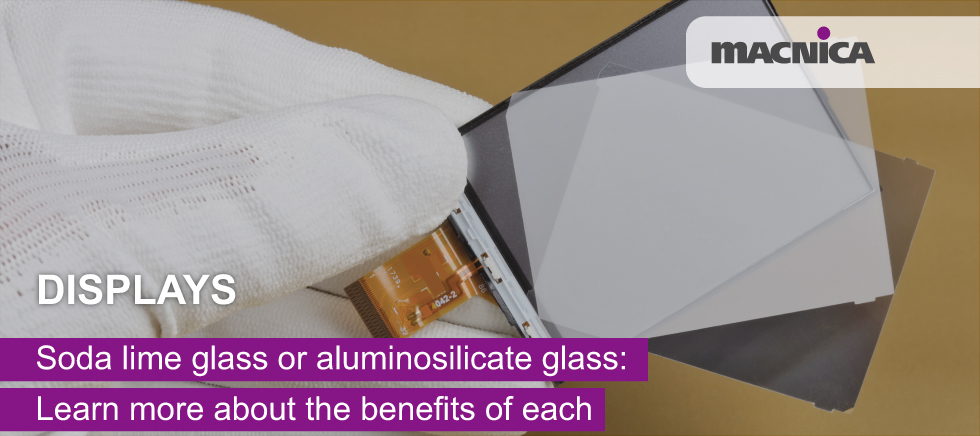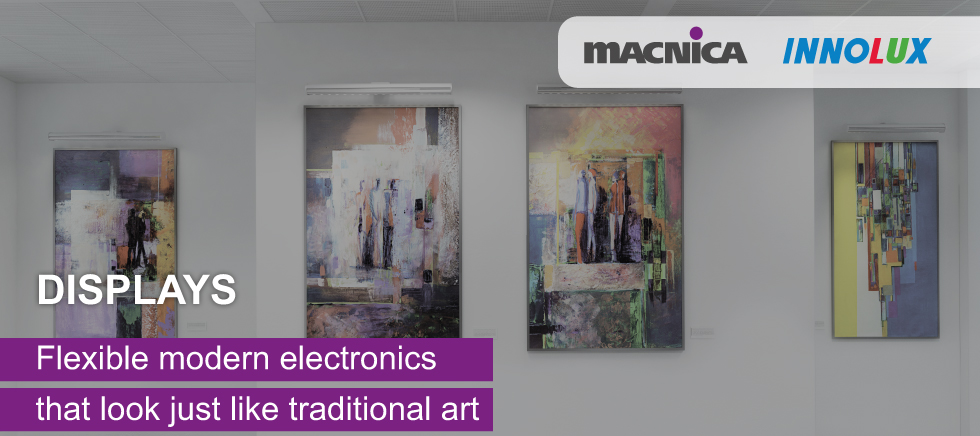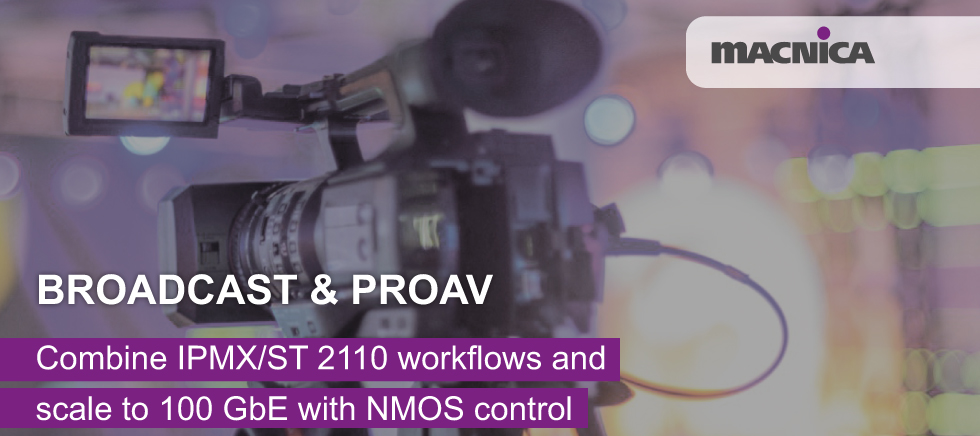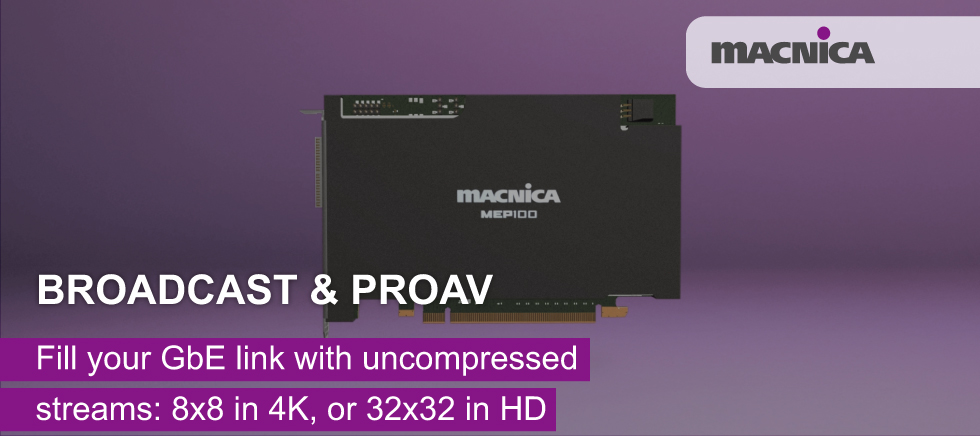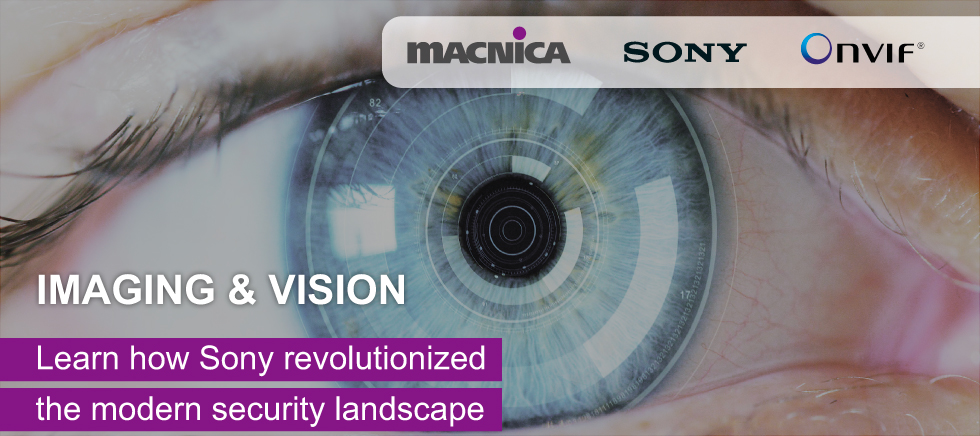Why Cover Glass Matters: Choosing the Right Solution for Your LCD Display
By Freddy Aceves, Sr. Display Solutions Architect
The quality of your display doesn’t end at the panel - it begins at the surface. Cover glass is your LCD’s first line of defense and one of the most important contributors to durability, usability, and long-term reliability. Selecting the right type isn’t optional - it’s essential. At Macnica Displays, we believe display performance should be optimized from the surface down. The right cover glass can transform an off-the-shelf LCD into a purpose-built interface for mission-critical environments - from surgical suites and factory floors to outdoor kiosks and ruggedized mobile devices. Below, we break down the most common types of cover glass used in LCD applications, their key characteristics, and where they shine.
Soda Lime Glass: Affordable and Functional
The most widely used and cost-effective option, soda lime glass provides basic protection and good optical clarity. It’s suitable for controlled environments such as indoor consumer electronics, industrial operator panels, and general-purpose HMIs.
Composition: Primarily silicon dioxide (SiO₂), sodium oxide (Na₂O), and calcium oxide (CaO)
Benefits
- Low cost and widely available
- Good light transmission
- Easy to cut and process
Limitations
- Low mechanical strength
- Poor scratch and impact resistance without treatment
- Lower edge strength
Strengthening Soda Lime Glass: Two Key Methods
To make soda lime glass viable in tougher environments or touch applications, it can undergo one of two strengthening treatments:
Thermal Tempering (Heat Strengthening)
Glass is heated to approximately 620°C then rapidly cooled to create compressive surface stress.
Benefits
- 2-5x stronger than untreated glass
- Breaks into blunt pieces for safety
- Common in ATMs, public terminals, and industrial displays
Limitations
- Optical distortion possible
- Cannot be cut or machined post-tempering
- Typically available in ≥3mm thickness only
Chemical Strengthening (Ion Exchange Process)
A surface-level process where smaller sodium ions in the glass are exchanged with larger potassium ions, increasing compressive stress.
Benefits
- Works with thin glass (down to 0.3mm)
- Maintains optical quality
- Excellent scratch and impact resistance
Limitations
- Strength limited to surface layer
- Longer processing times
- Sensitive to glass composition
Aluminosilicate Glass: Engineered for Demanding Applications
Aluminosilicate glass offers superior performance thanks to its unique chemical structure, which allows deeper and more effective ion exchange during chemical strengthening. It is the go-to choice for rugged handhelds, automotive interiors, medical displays, and outdoor digital signage.
Composition:
- Silicon Dioxide (SiO₂) – primary glass former
- Aluminum Oxide (Al₂O₃) – improves hardness and chemical resistance
- Alkali Oxides (Na₂O, K₂O) – support ion exchange
Benefits
- Excellent mechanical strength
- Superior scratch resistance
- Outstanding optical clarity
- Stable across temperature and chemical exposure
Limitations
- Higher cost than soda lime
- Fewer suppliers and longer lead times
- Limited options for anti-reflective (AR) and anti-glare (AG) etching
- Higher minimum order quantities
Quick Comparison: Soda Lime vs. Aluminosilicate
| Property | Soda Lime Glass | Aluminosilicate Glass |
|---|---|---|
| Cost | Low | High |
| Mechanical Strength | Low (unless treated) | Very High (chemically) |
| Strength Resistance | Moderate | Excellent |
| Optical Clarity | Good | Outstanding |
| Thickness Flexibility | Limited | Highly Versatile (0.3mm) |
| Ideal Use Cases | Indoor HMIs, kiosks | Automotive, mobile, medical |
Making the Right Choice for Your Display
In today’s competitive landscape, selecting the right cover glass is more than just a spec - it’s a strategic decision that influences user experience, product longevity, and your brand’s reputation. From optical performance and physical durability to manufacturability and cost-efficiency, each factor plays a role in the success of your device.
At Macnica Displays, we go beyond supplying display components - we serve as your solution partner. Our team offers technical insight and system-level integration support to help you design smarter and faster with the right combination of LCD panel and cover glass.
Ready to Elevate Your Display?
Choosing the right cover glass isn’t just about protection - it’s about performance. Whether your product needs to survive a factory floor or dazzle in a surgical suite, we can help you select and implement a cover glass solution that meets the demands of your market and application.
Let's talk.
Contact Macnica Displays today for expert guidance and purpose-built display solutions tailored to your application.

